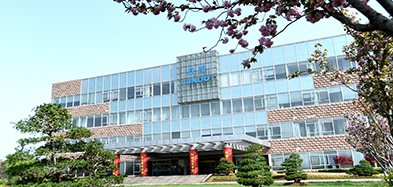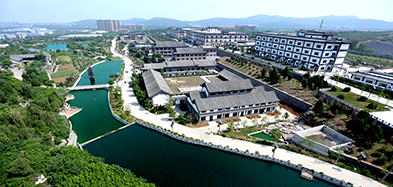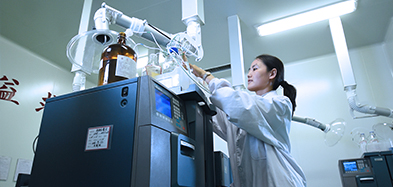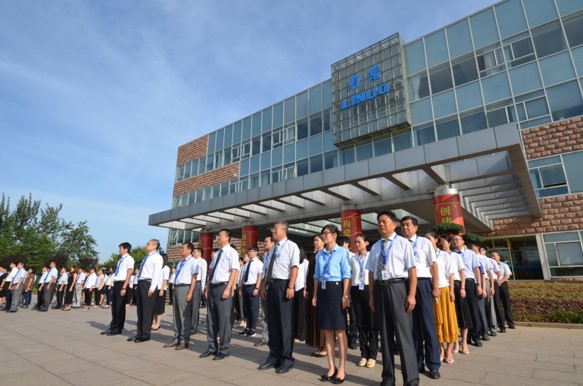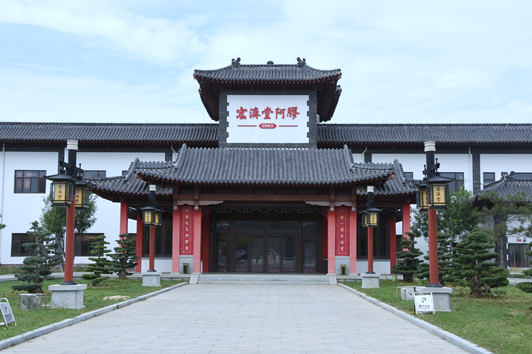
Hongjitang Ejiao Factory, the predecessor of Jinan Ejiao Co., Ltd. of Shandong Hongjitang Group, was founded in 1909. Mr Yue Jingyu, its founder, was a member of the family owning the well-known Chinese Tong Ren Tang pharmaceutical company. (Actually, he was the 12th generation and the prototype of Bai Jingqi, protagonist in the TV series Da Zhai Men). For more than a century, Hongjitang Ejiao’s core principle has been “spread the benevolence and serve the people” . Hongjitang’s motto has been “no reduction in raw materials whatever the cost, no spare of the human power whatever the complexity of the procedure”. There is also a company slogan – The Five “No Purchase”policy, utilised in was introduced in raw material selection:
· raw materials of less than premium quality will not be purchased;
· raw materials of past years will not be purchased;
· raw materials with foreign contents will not be purchased;
· raw materials, if not medicinal ingredients, will not be purchased;
· raw materials, if not from the best place of origin, will not be purchased.
Looking back in history, the Shandong authorities in 1904 launched a “self-strengthening”movement, unlike most other provinces in China. The provincial capital Jinan opened its market and attracted capital and manpower from other places, triggering the economic and social modernization in Jinan and other areas of Shandong. During this period, many Ejiao professionals moved from Dong’e and Pingying to Jinan, leading to fast development of Hongjitang’s Ejiao.
Hongjitang’s Ejiao production featured “nine separate processes for purification and extraction” of gelatin, with carefully selected materials. The high quality of the product led it to win the gold medal at the 1914 Shandong Products Exhibition. Hongjitang Ejiao was in great demand on the domestic market and commonly found in well-known TCM stores nationwide.
In 1915, Hongjitang Ejiao was referred to as National Ejiao when it won a gold medal and a silver medal at the 1915 Panama Pacific International Exposition in San Francisco. It was the first Chinese TCM product to win an international gold medal. At the time, it was the most famous Ejiao product, widely sold in China and exported to Malaysia, Singapore, Indonesia and Japan.
In 1933, Hongjitang Ejiao was issued a national certificate for “Product of Supreme Quality” by the Ministry of Railway Industry. By 1935 Hongjitang had three shops and two factories and was the leading TCM company in Jinan. In fact, together with Tong Ren Tang in Beijing and Huqingyu Tang in Hangzhou, Hongjitang was one of the three best known TCM companies in China. In 1956, Hongjitang was partially nationalised.
The company experienced rebirth in 2012, when Hongjitang Ejiao was relocated into the Hongjitang TCM Culture Industrial Park, where skilled Ejiao technicians, under the most modern conditions, could renew the production of premium quality Ejiao.
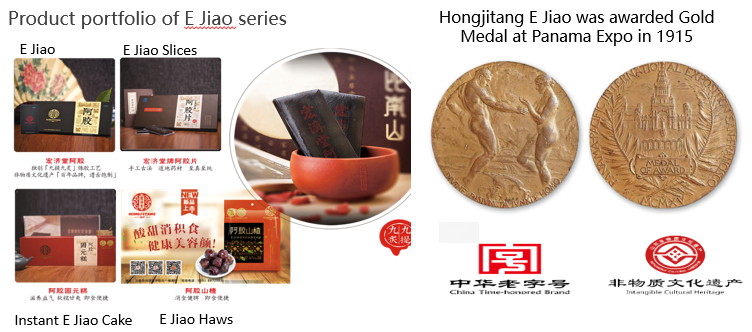
The good reputation Hongjitang Ejiao has enjoyed for the past century can be attributed to several factors: the first is the quality of the water in Jinan. Jinan spring water has more than 20 trace elements like calcium, magnesium, potassium and sodium, as well as minerals, which are contributory to dissolving the gelatin in the donkey skin and separating impurities. Its low molecular weight and high degree of purity make the prepared Ejiao easy to slice and, after consumption, quick to show its efficacy. Secondly, the high-quality donkey skin. A donkey farm was built in Dezhou, from which only whole skins are selected for the Ejiao preparation. Every piece of donkey skin is DNA-tested and through our traceability system, customers can ascertain the precise origin of our Ejiao products by scanning the QR code on the package or visiting the Hongjitang website. Thirdly, our ninefold purification and extraction technique makes Ejiao look as red as amber with a pleasant smell and high efficacy.
Hongjitang Ejiao, as a century-old enterprise, has been showered with honours, such as a “Chinese Time-Honoured Enterprise”, “Intangible Cultural Heritage of Shandong Province”, High-tech Enterprise, and one of the Top 10 Public Trusted Brands (by the China Health Care Association).
Currently, Hongjitang Ejiao Group has four workshops. Workshop I has production lines for hand-made Ejiao, with an annual output of 60 tonnes sliced, premium Ejiao. Workshop III has production lines for Ejiao added food, such as Ejiao dates, Ejiao hawthorn, Ejiao cakes, Ejiao powder and Ejiao paste. Workshop IV is the production base for the Nine Day-and-Night Imperial Tribute Ejiao (often referred to as Black Gold, and originally prepared for the Imperial Palace). This workshop is presided over by Master Wu Xianglun, who represents the 3rd generation of skilled practitioners of this unique technique. Tribute Ejiao is not only of medicinal value, but also a collector’s item. Workshop II, in which the company has invested 73.92 million CNY, covers an area of 9200㎡including a 4200㎡ clean zone. When Workshop II operates at full capacity, it can manufacture 400 tonnes of Ejiao, with a value of 800 million CNY annually. Workshop II has been designed at industry 4.0 standards, which is characterized by modernization, automation, computerisation and traceability. The introduction of the first automated and intelligent Ejiao production line, definitely ranks Hongjitang as a world-class Ejiao producer.
From the end of Qing Dynasty over the period of the Republic of China and through the founding of the People’s Republic of China till the present day, Hongjitang has witnessed the historical changes that have changed Jinan since it first became a major trade hub. As a nationally known brand with a hundred years of history, it is adding to China’s own international brand while helping build up Shandong’s economy.







